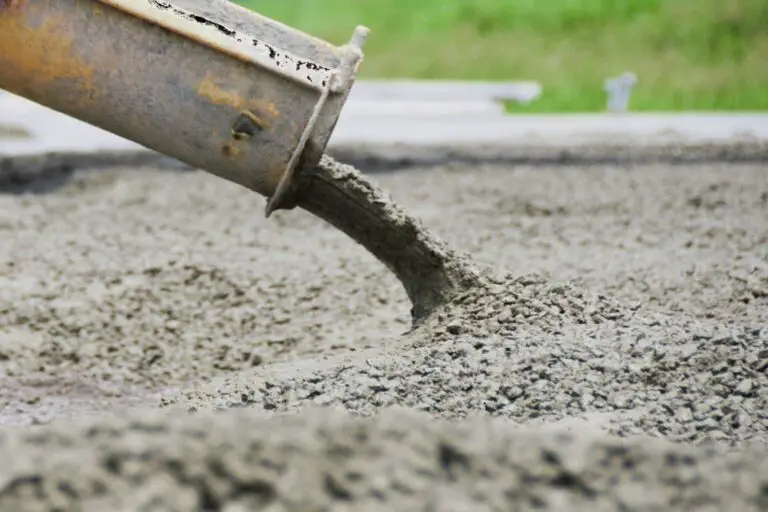Properties of Hardened Concrete
Some of the important properties are shown below.
Strength
The strength of concrete is defined as the ability of concrete to resist stresses and to take loads without breaking or failing. There are many types of strength of concrete, like compressive strength, tensile strength, shear strength and flexural strength. The failure of concrete is identified with the cracks formation. The actual strength of concrete is judged by the compressive strength.
-
Compressive strength
Concrete has very high compressive strength. It is the easiest to test, and other properties are effectively represented using compressive strength of the concrete. Properties like elastic modulus, impermeability and resistance to wear and tear depend of the compressive strength. The higher the compressive strength is, the stronger the concrete is. Many factors affect the compressive strength of concrete, such as
- Porosity (they have inverse relationship, meaning more porous concrete will be weaker in strength.
- water cement ratio (higher w/c ratio concrete has lower strength, so w/c ratio and strength have inverse relation)
- types of aggregate (the size, shape, surface texture, mineralogy and grading determines the strength of concrete).
- age of concrete (theoretically the strength of concrete increase (as hydration never actually stops rather it continues) with the age of concrete but certain other factors come into play).
- curing of concrete (the strength and curing has a direct relation, as the hydration continues the curing helps in gaining strength of concrete).
- influence of temperature (initial higher temperature result in stronger concrete, but when the temperature rises after 7 days of concrete setting, the quality and strength of concrete is affected adversely). The optimum temperature for concrete is 40 C°
- type of cement (cement with higher degree of hydration would yield stronger concrete).
In order to measure, concrete compressive strength ASTM has specified different tests, some of them are, Pullout test (ASTM C900), Rebound hammer or Schmidt hammer test (ASTM C805), Ultrasonic pulse velocity test (ASTM C597), Drilled core (ASTM C42), Wireless maturity sensors test (ASTM C1074). (10).
Tensile Strength
As it has already been mentioned in the previous section that concrete is weaker in tension. Therefore, steel bars are used to make it stronger in tension or to give tensile strength. Tensile stresses are developed due to temperature, rusting and drying shrinkage. When micro-cracks are subjected to tensile stresses it reduces the stable range. The propagation of cracks occurs and they might cause brittle failure. The ratio of compressive strength and tensile strength of concrete is around 0.07 to 0.11. tensile strength of concrete is determined through split cylinder testing.
Shear strength
Almost negligible shear strength is present in concrete. For the study of shear stress in combination with compressive, tensile, uni-axial tensile and tri-axial compression strength and their affects are studied using Mohr circle.
Permeability of concrete
Capillary pores in concrete control the permeability of the concrete mass. It usually depends upon water cement ratio, age, degree of hydration etc. For a specific concrete, when the strength is higher, it corresponds to higher durability and lower permeability. This permeability of concrete also affects the durability of concrete

